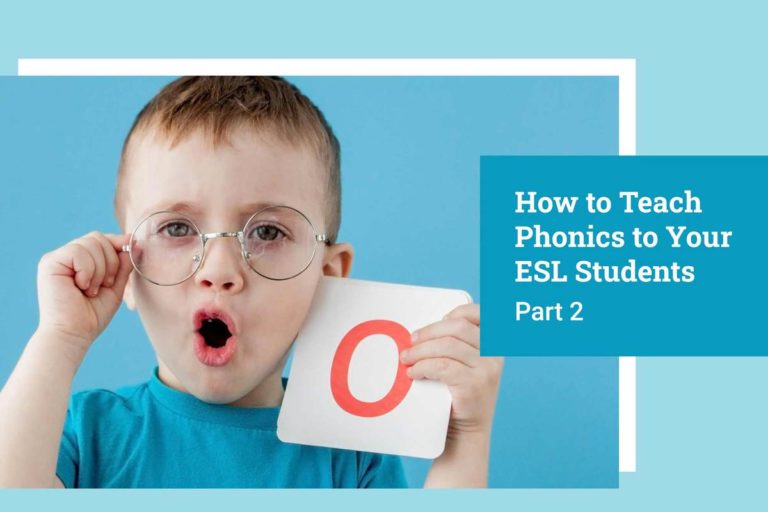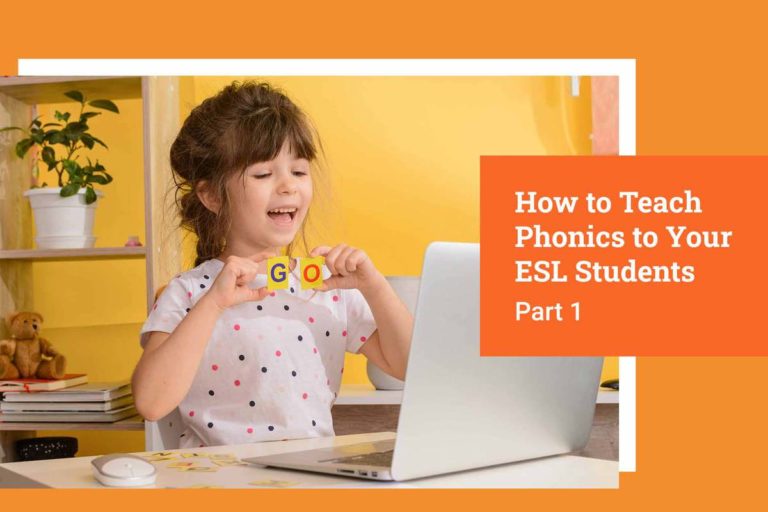Ready to start teaching English online?
Teach with VIPKidFrom A Brick-and-Mortar Classroom to Virtual Learning Overnight
As schools temporarily close across the United States to mitigate the spread of the COVID-19 (coronavirus), many teachers are transitioning from offline classrooms to virtual instructional settings. Offline and online educators alike know that support and learning among peers are crucial to success in the classroom, whether physical or implementing distance learning. At VIPKid, fostering community has been key to our success as online educators, and it has never been more important for all of us to lean on and support each other so that we can be there for our students. With roughly 200,000 daily online classes occurring on the VIPKid platform led by 100,000 online educators across the U.S. and Canada, we are eager to share some of our learnings and online teaching strategies with those who are transitioning to a virtual classroom for the first time.
Good Pedagogy Is Good Pedagogy
It is important to remember that classic educational techniques are still important and valuable when teaching online; just because there is a screen between you now doesn’t mean you can’t use many of the techniques you have previously learned. Such techniques include adapting instruction to meet the needs of the learners in front of you, designing activities to keep learners engaged, and ensuring that every student has time to reflect and produce output that demonstrates their learning. Good pedagogy is good pedagogy, delivered in person or online. Undoubtedly, there are important differences that pose certain challenges but also present unique learning opportunities. Keep reading to learn more…
A Classroom Is a Construct
In order to successfully make the transition from brick and mortar classroom instruction to teaching from home, you’ll want to ensure that students feel safe and comfortable. Let’s be honest, nowadays most kids can swipe on a tablet by the time they are two years old. That said, students may be uncertain about learning in their new online classroom. Here are some considerations when selecting resources and orienting your students to their new learning environment:
- Be Selective: If possible, choose tools that are familiar to students or are easy for them to learn. Try to limit the number of platforms and apps to just a few that make the most sense for you and your students.
- Select in Context: If you are able to select which platform to use for instruction, remember to take students’ developmental levels and digital accessibility into account.
- Features to Enhance Instruction: Consider platforms that allow you to share your screen, use an interactive whiteboard feature, and/or integrate other apps and web 2.0 products to enhance online instruction.
- Classroom Orientation: Take time to familiarize your students with classroom tools and features so that they become comfortable in the new learning environment. Additionally, orient students to ensure that they understand the expectations about how to use the tools to continue their learning.
- Set Expectations: Once you have a sense of your new online learning environment, create class norms and reiterate your normal classroom expectations for students and the importance of carrying them over to the new format so that everyone feels informed, and maybe even excited, to continue their learning.
- Create Structure: To the extent possible, establish routines and plan experiences that will maximize student engagement and participation. Routines that are consistent and predictable create a sense of security for students.
- At Your Own Pace: If possible, use pre-recorded video instruction or digital assignments that allow students to work at their own pace.
Read more on tips on how to set up an online classroom on a budget that makes it easy to teach virtually.
Social and Emotional Learning Is Important, Too
Teachers should also consider that social-emotional learning will become even more important during times of immense change. Students may feel apprehensive about their routines being changed, and they will need to know that there is consistency in your expectations of their performance and that you are committed to providing stability in the classroom. Your actions and attitude will convey how committed you are to ensuring student success and will directly translate to their commitment to tasks. Although there inevitably will be bumps along the way as we’re all learning, the positive tone you set and the care you show will go a long way.
Consider using bibliotherapy techniques to guide students towards quality literature that focuses their thinking on overcoming challenging situations or hopefulness. Many biographies are available that speak to these themes. Extend learning by asking students to write about their gratitude for being given “bonus” time to explore, wonder, and learn with their families.
In addition, don’t forget about your own emotional state right now. You are also going through a lot so don’t lose track of your own mental health. Eat, take breaks, and try to maintain normal working hours.
Patience, patience, patience
While traditional instructional methods are timeless, modern educators need to keep in mind that students working from home may face some unique challenges. Even when students have access to internet and devices, they might now be sharing hardware, internet bandwidth, or data packages with work-from-home parents and siblings, or some students just may not have the same level of home support as others. Here are some tips to be patient, flexible, and resourceful with your instruction in an online environment:
- Flexible Access: Strive to offer a variety of ways to receive and submit information in order to increase access to educational materials.
- Adapt: Work with students to creatively adapt instruction to provide opportunities to master content. For example, here are some creative writing exercises and classic games used by VIPKid teachers in the virtual classroom that may stimulate your students’ imaginations, too.
- Scale Back: You may need to scale back the number of hours or assignments that you would normally give in a day. Many students will be caring for siblings, caring for the home, or be asked to take on other responsibilities while at home. Give them flexibility in their day to do these things.
- Teach Reflection: Consider giving students an opportunity to earn credit for non-academic tasks by reflecting on what they are doing and what they are learning about time management, resilience, working towards a common goal, etc. In every task, there is a lesson and teaching students the ability to reflect, find these lessons, and determine their application in the greater scheme of things is a lesson that speaks to lifelong learning.
- Life Skills: Reach out of the standard curriculum and ask students to learn at least one “life skill” per week and report to the class. Whether it is how to sew a button or change a tire, you may be surprised to hear what your students are learning on their own when given the opportunity. When possible, communicate and build connections with families so that everyone is aware of new processes.
- Small Groups Too: Take time to plan for the whole group, small group, and individual instruction online. On some platforms, digital breakout rooms can be used to allow small groups to talk and work together. This is an excellent way to continue literature circles or Socratic seminars.
- Office Hours: Planning online office hours is also helpful so that teachers can continue to check in on students’ to mental and educational well-being. Use the individual appointments to continue to build rapport and target instruction by assigning small challenges for students to explore or research on their own.
As educators, we are being given a unique opportunity to find life lessons and think differently about how we respond in challenging situations. Capitalize on this and redirect your students to find the joy and keep learning no matter what. Additionally, LearningKeepsGoing.org has a comprehensive list of digital resources available at little or no cost to school communities affected by coronavirus, as well as professional learning resources for educators preparing for online instruction.
As Fred Rogers famously said, “When I was a boy and I would see scary things in the news…my mother would say to me, ‘Look for the helpers. You will always find people who are helping.’” VIPKid stands in solidarity with teachers around the world.



